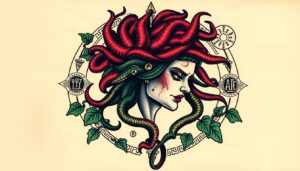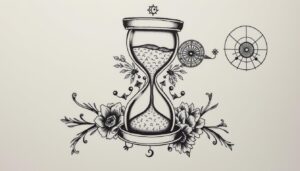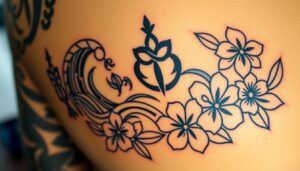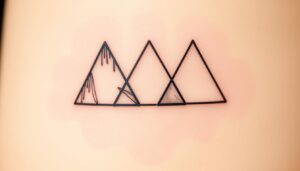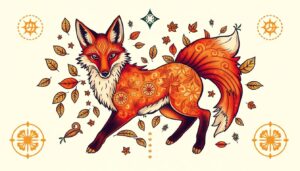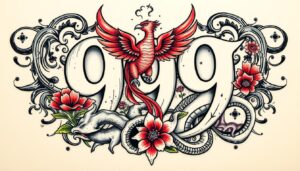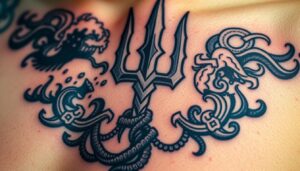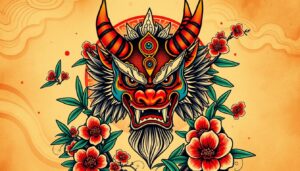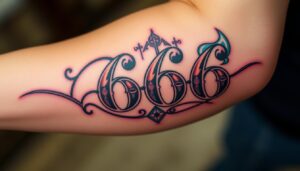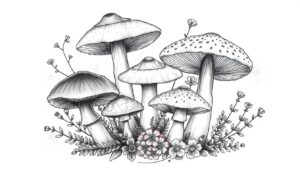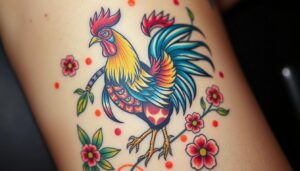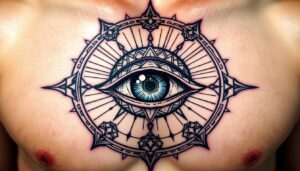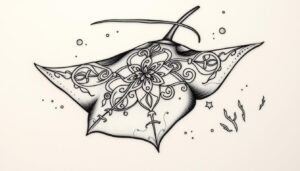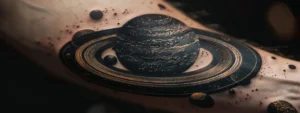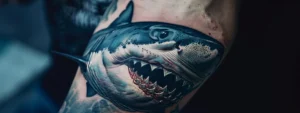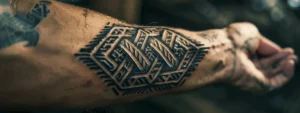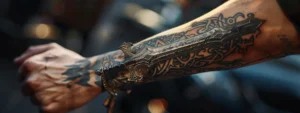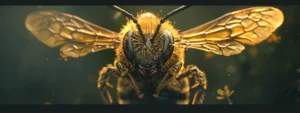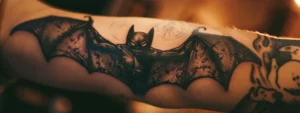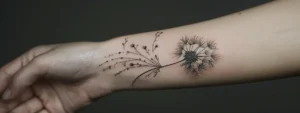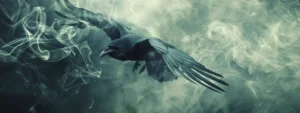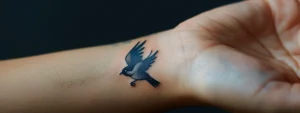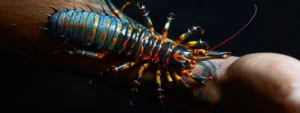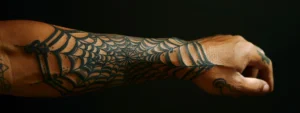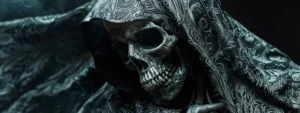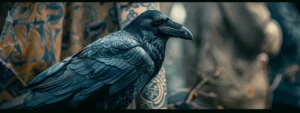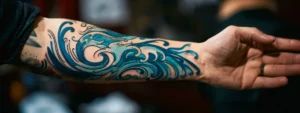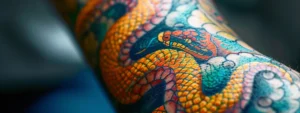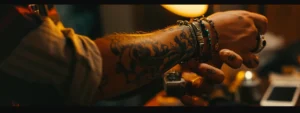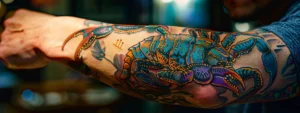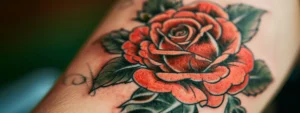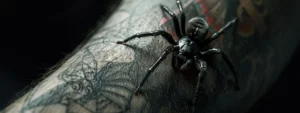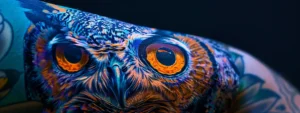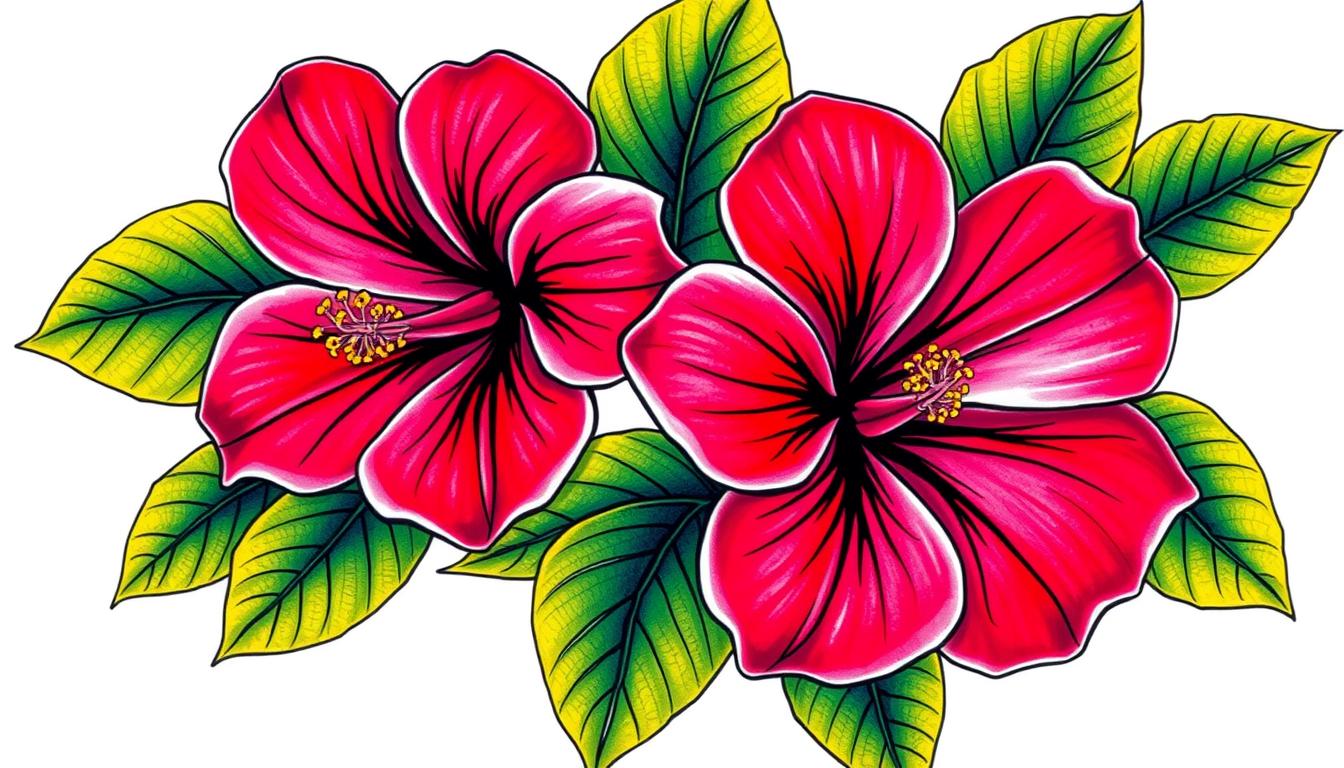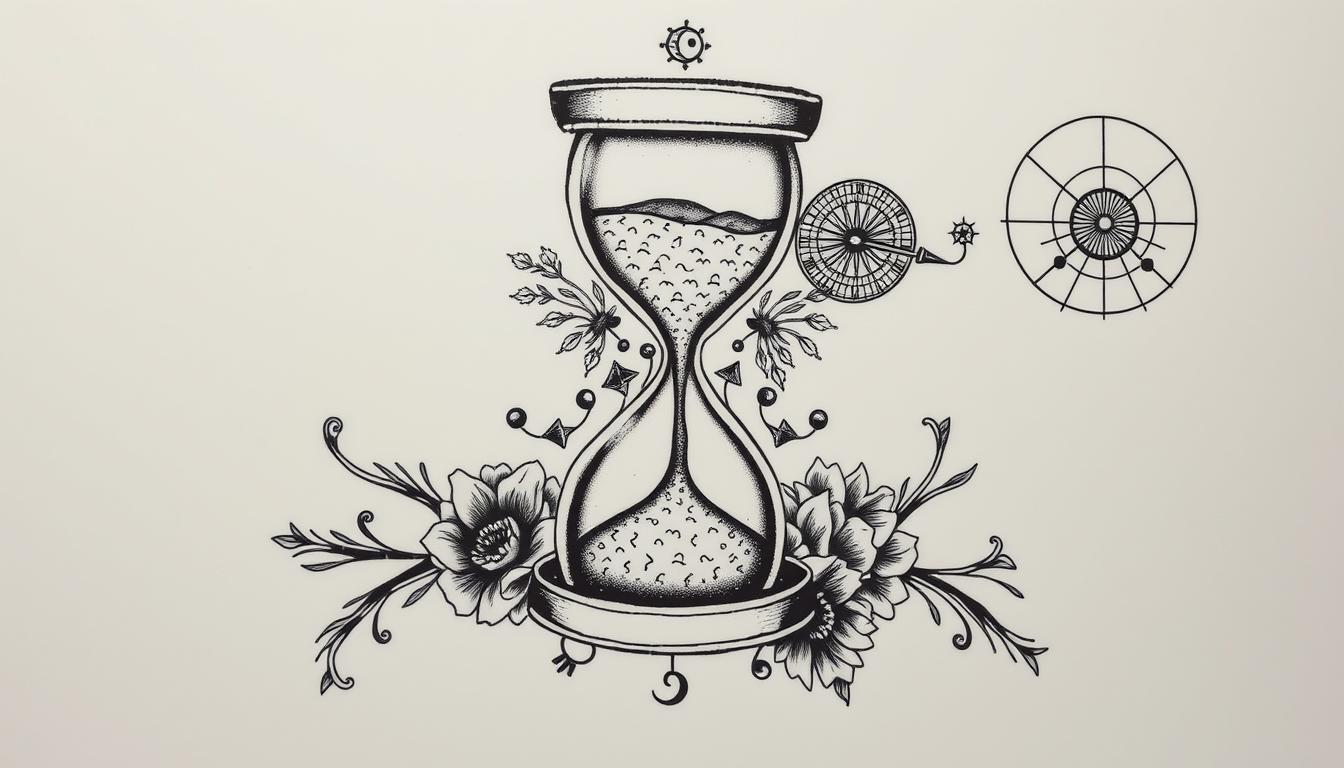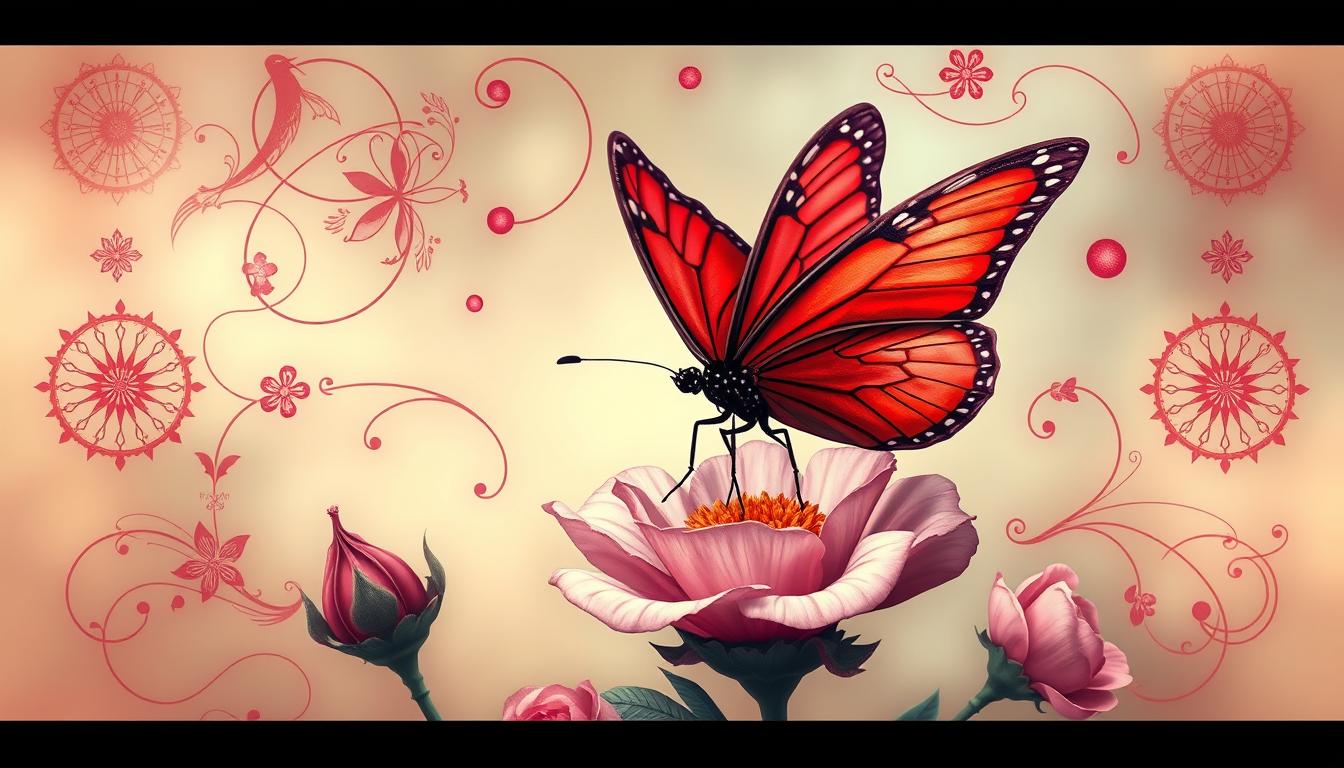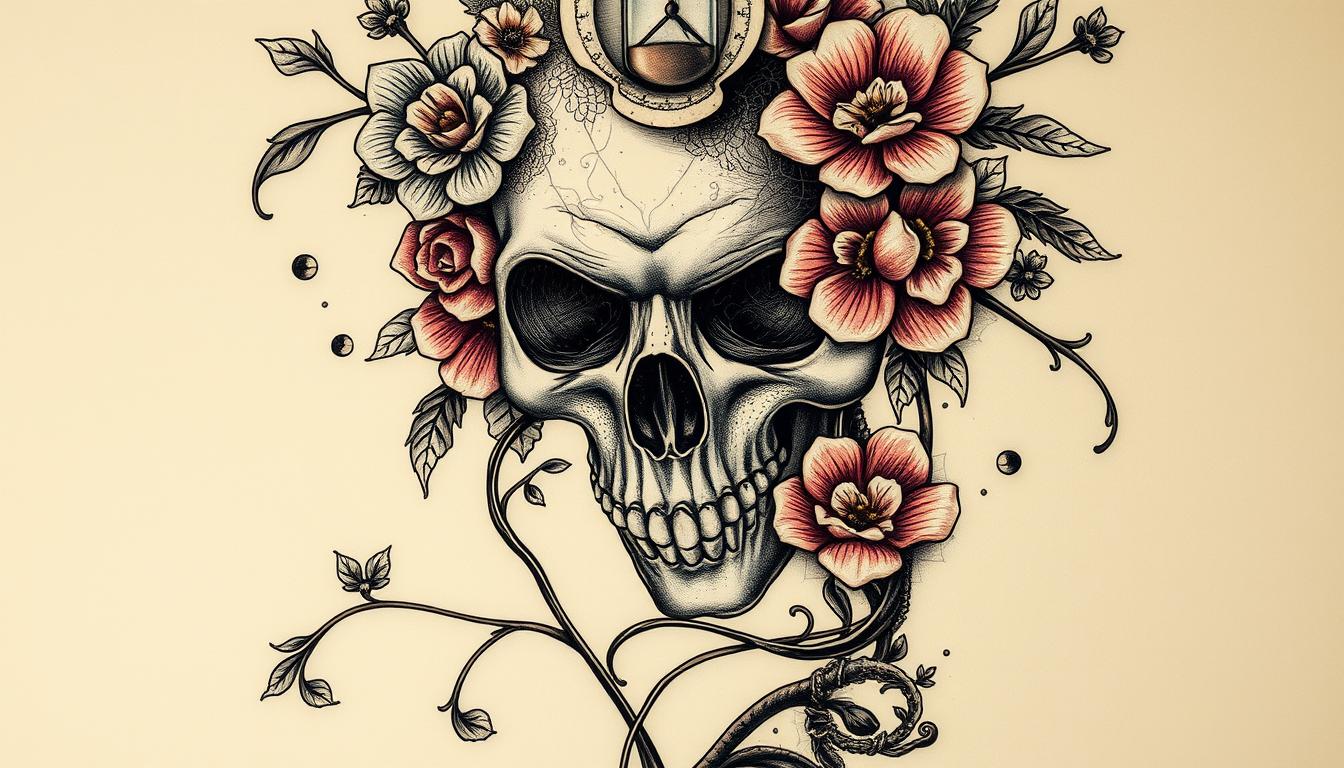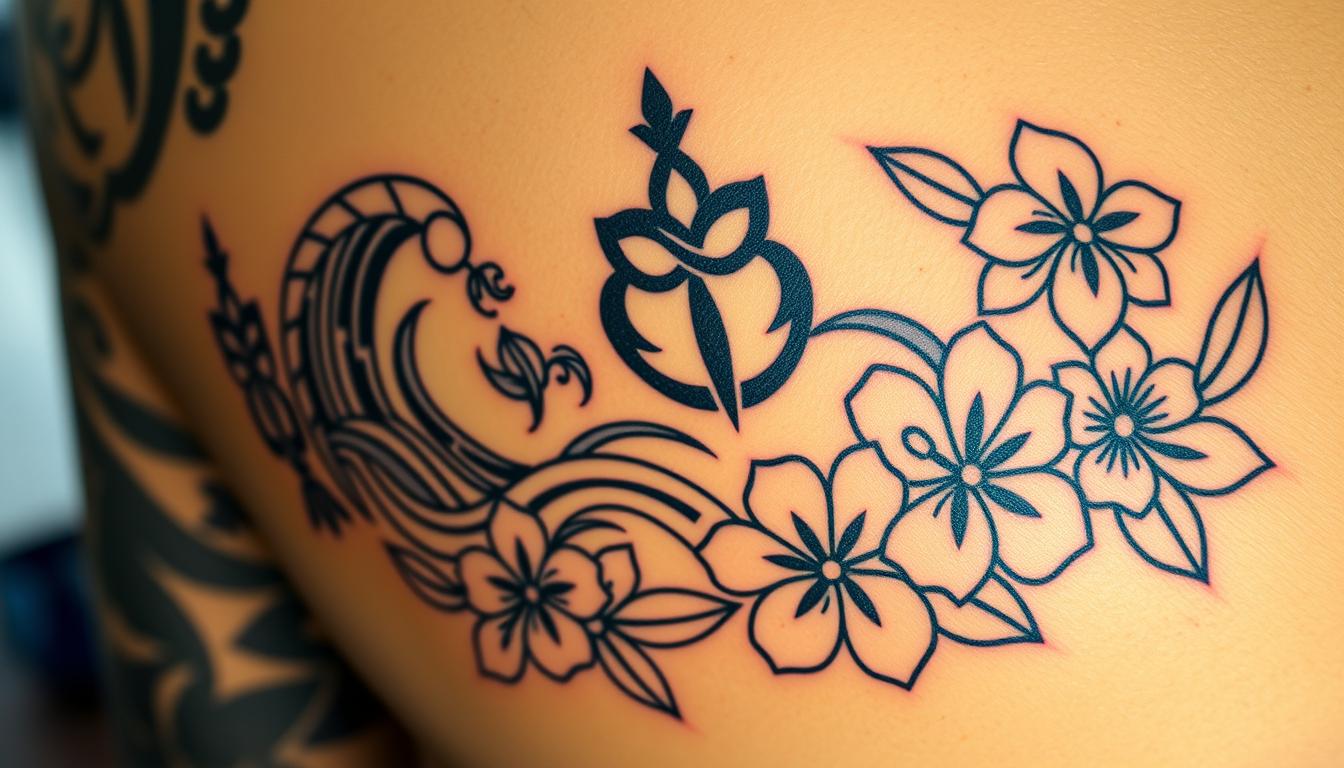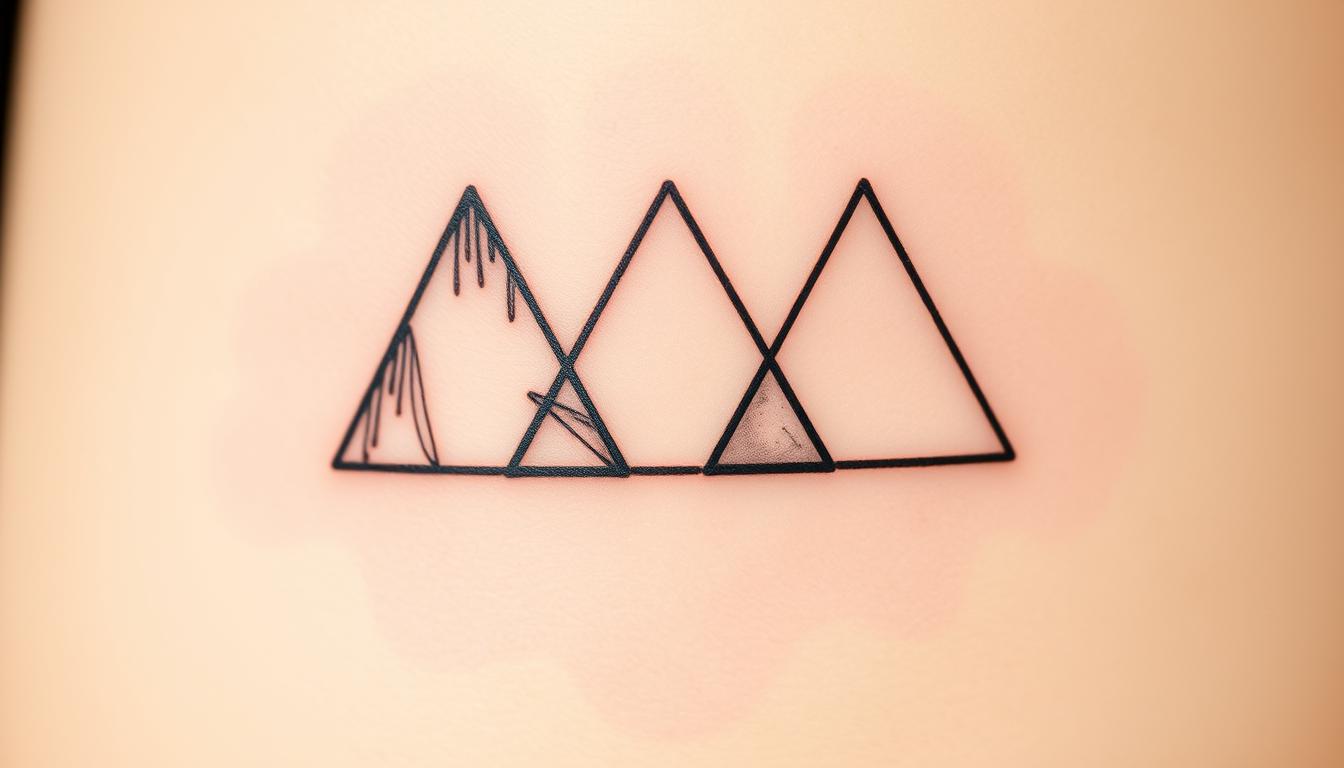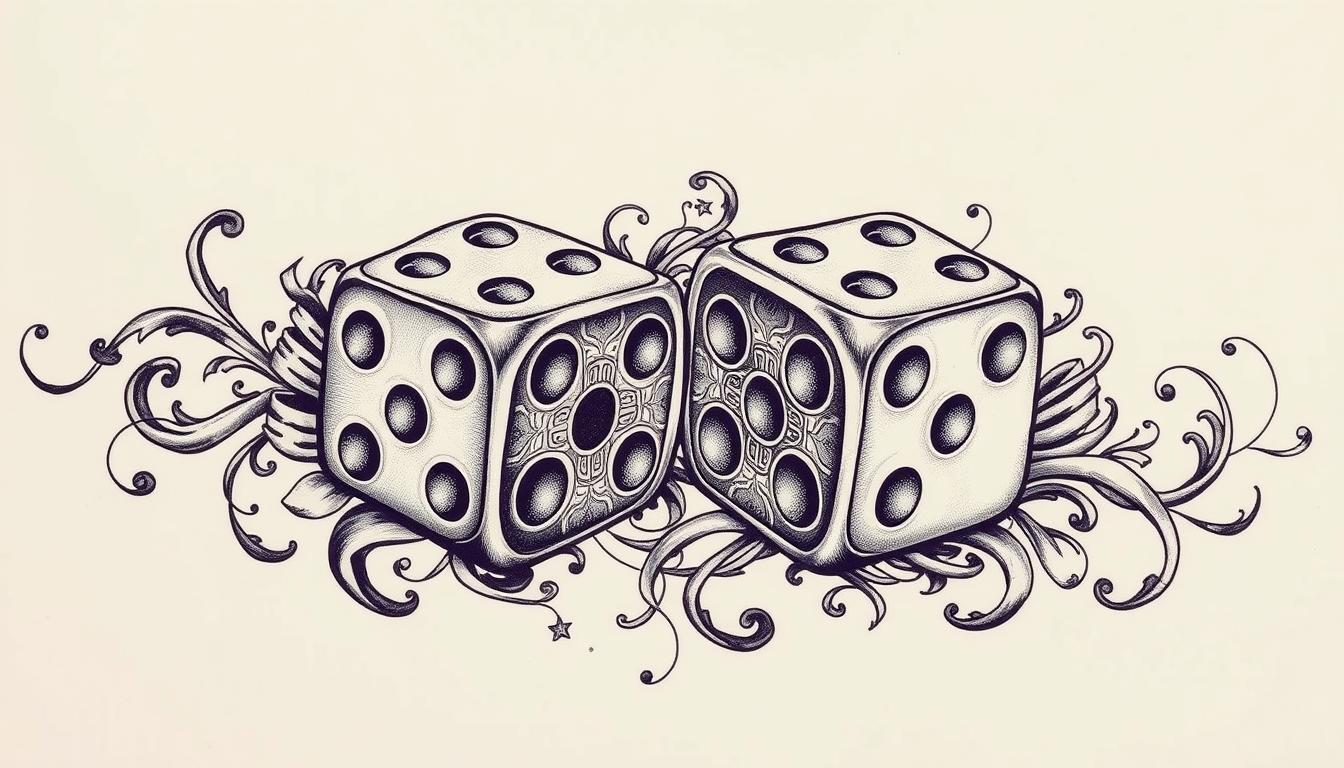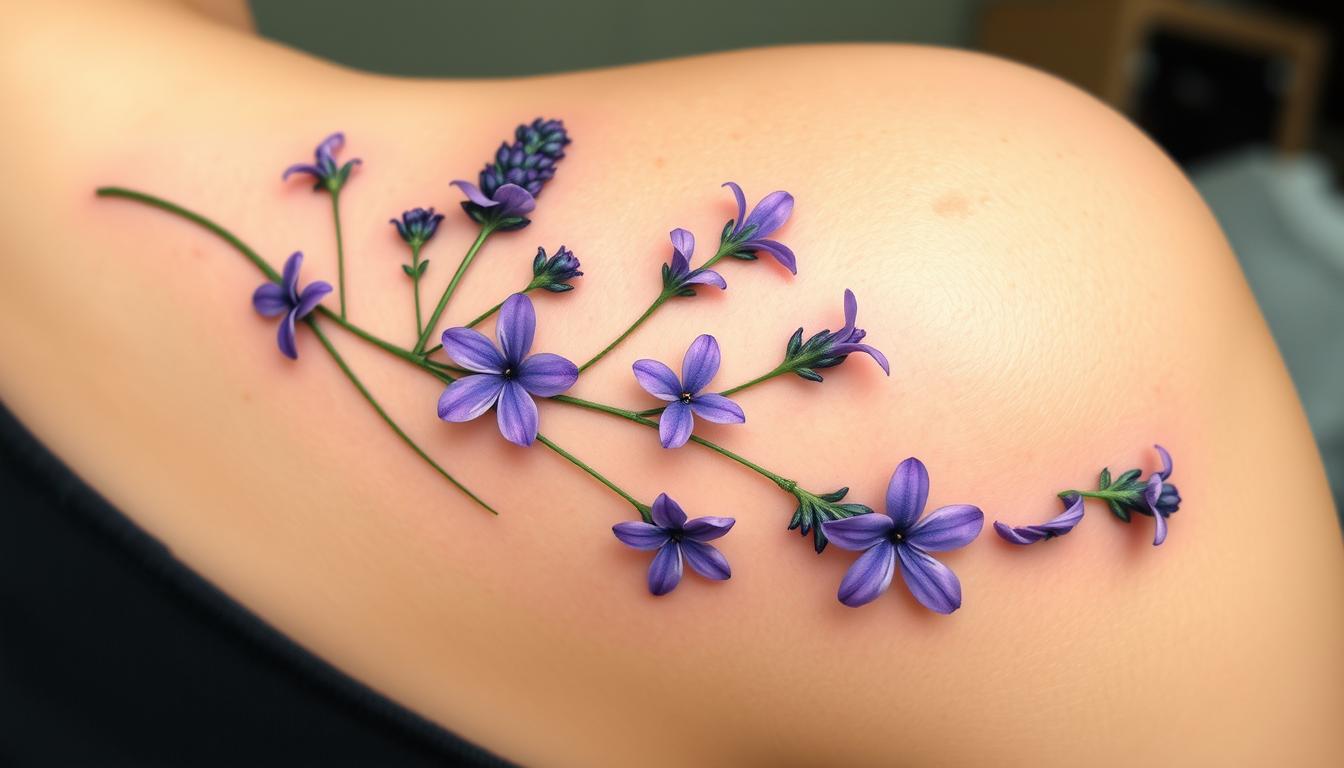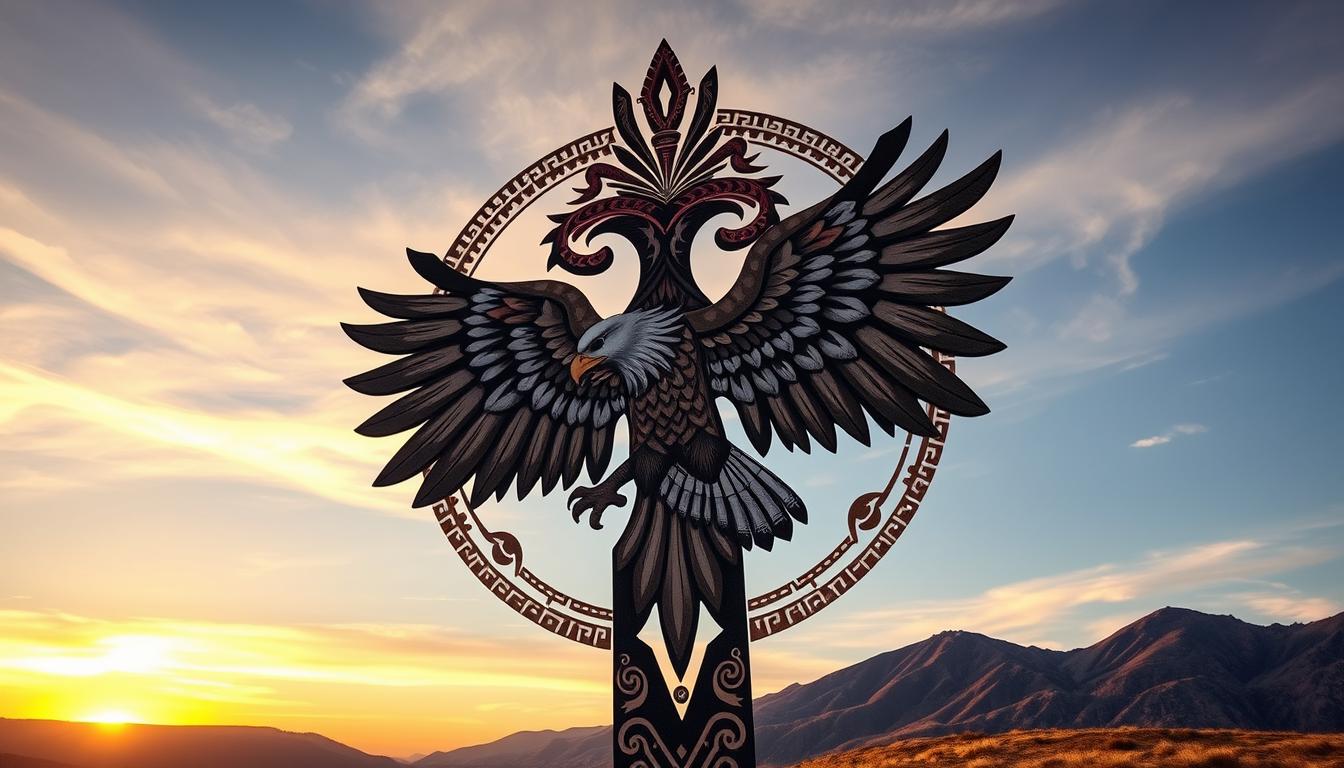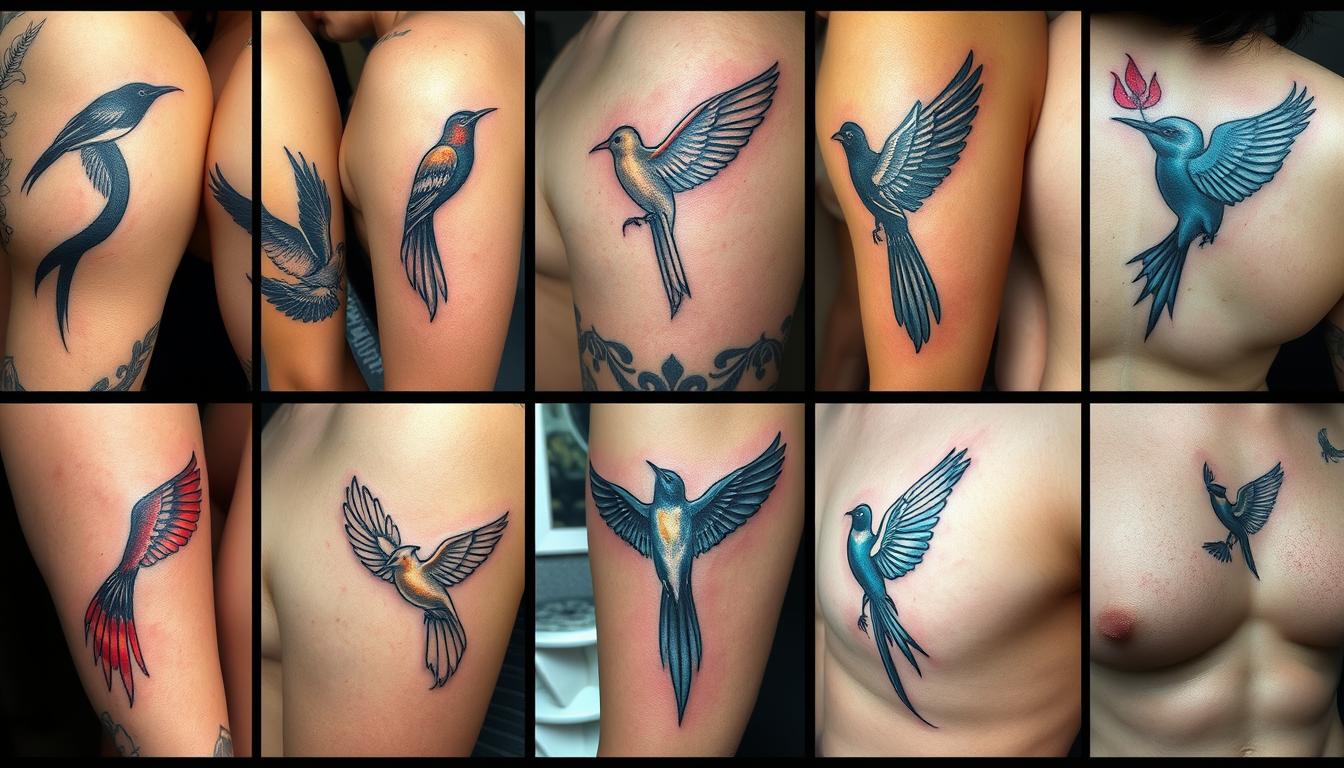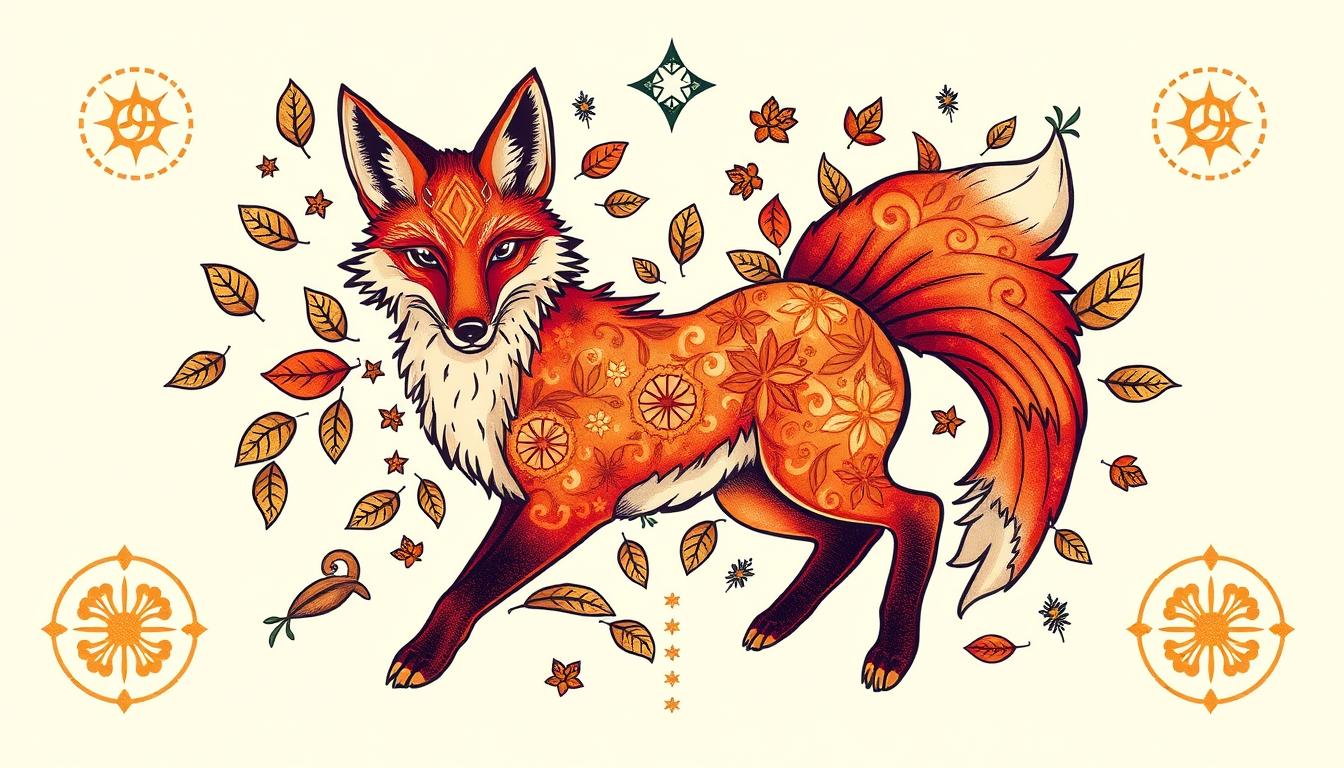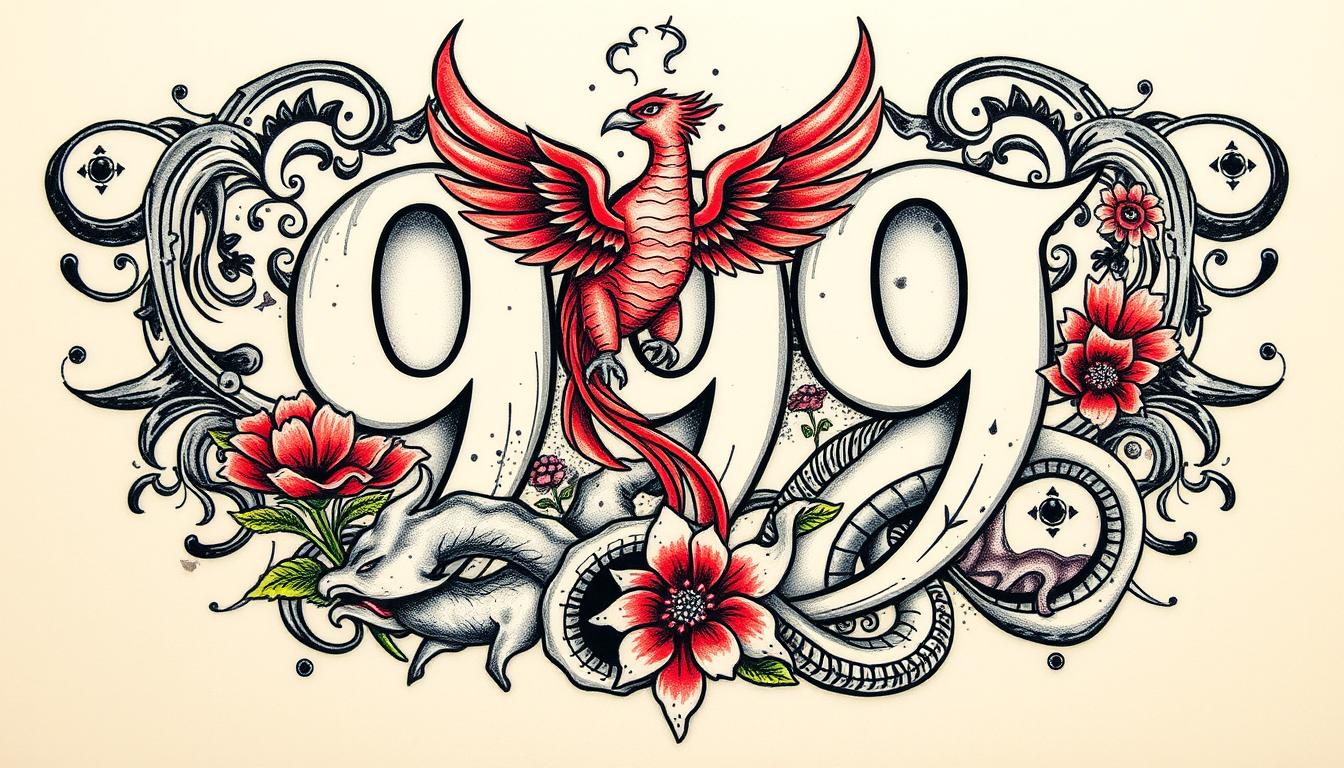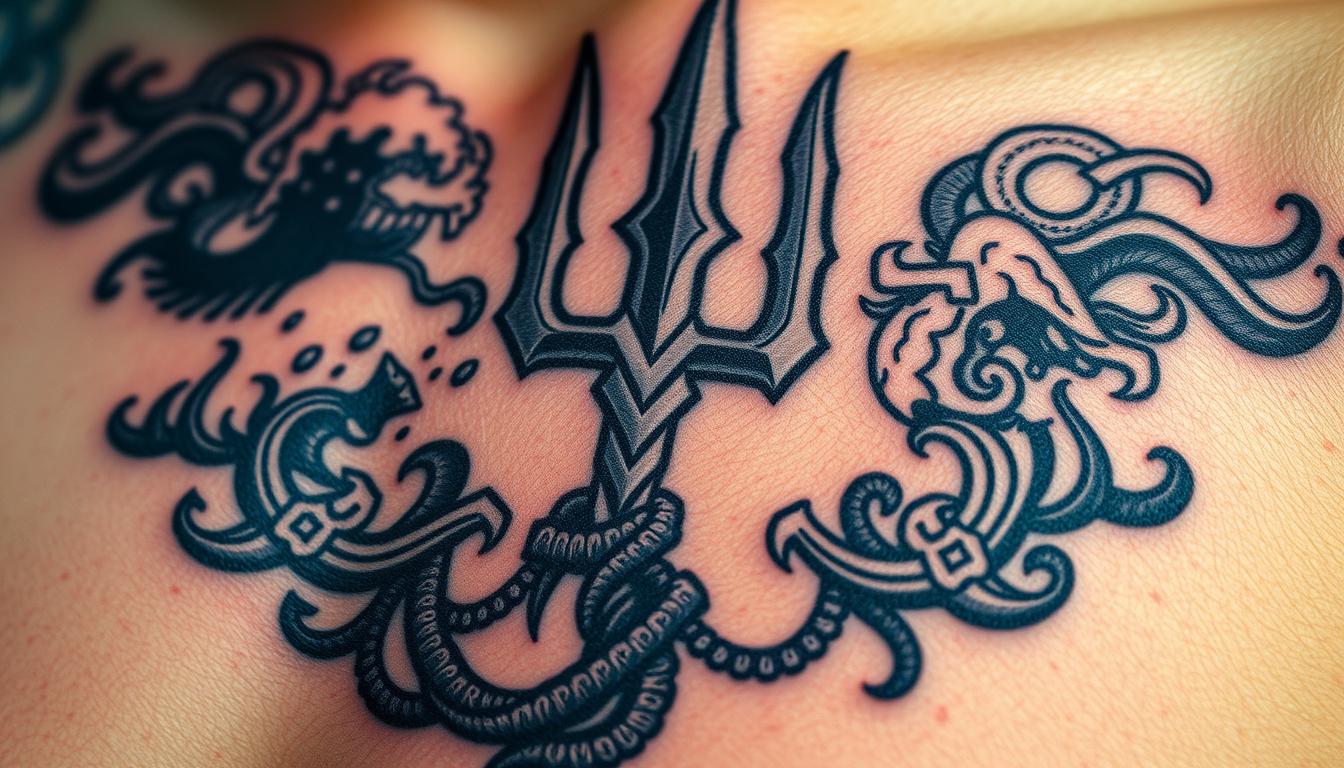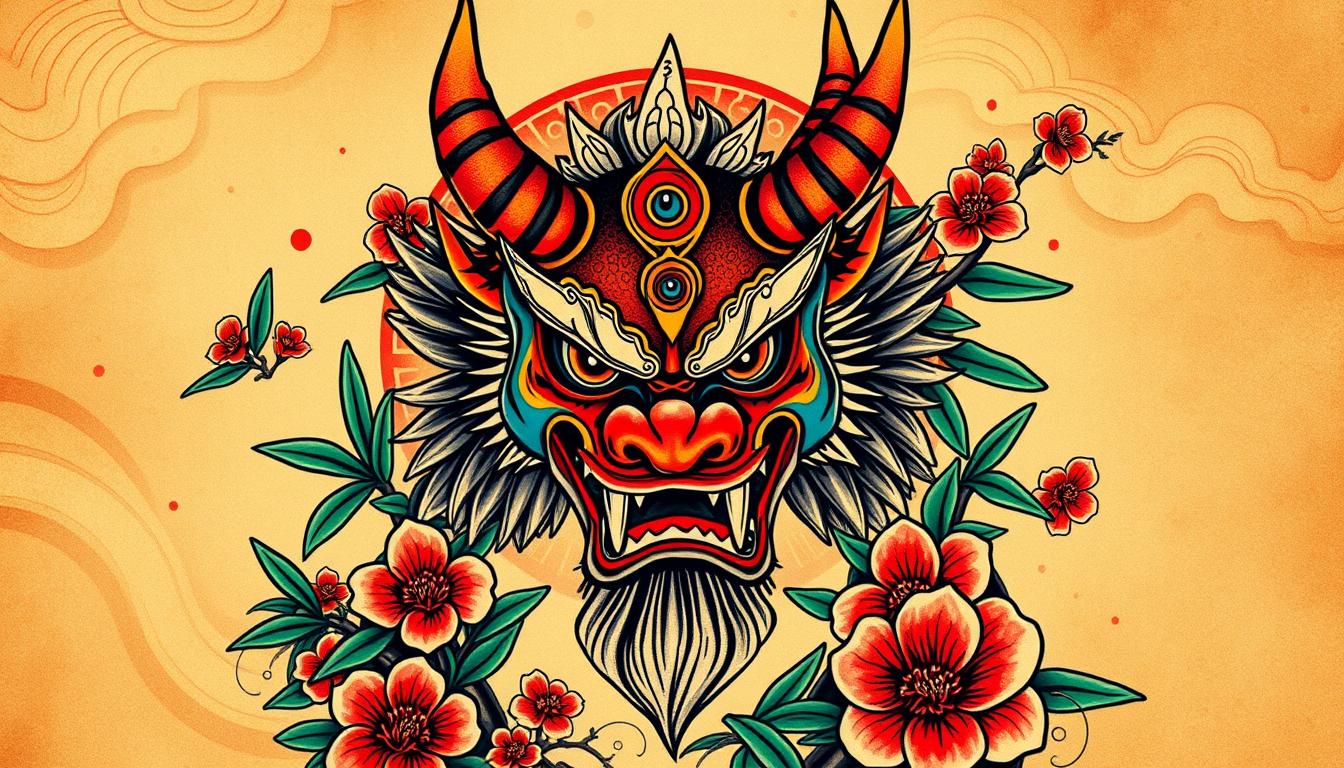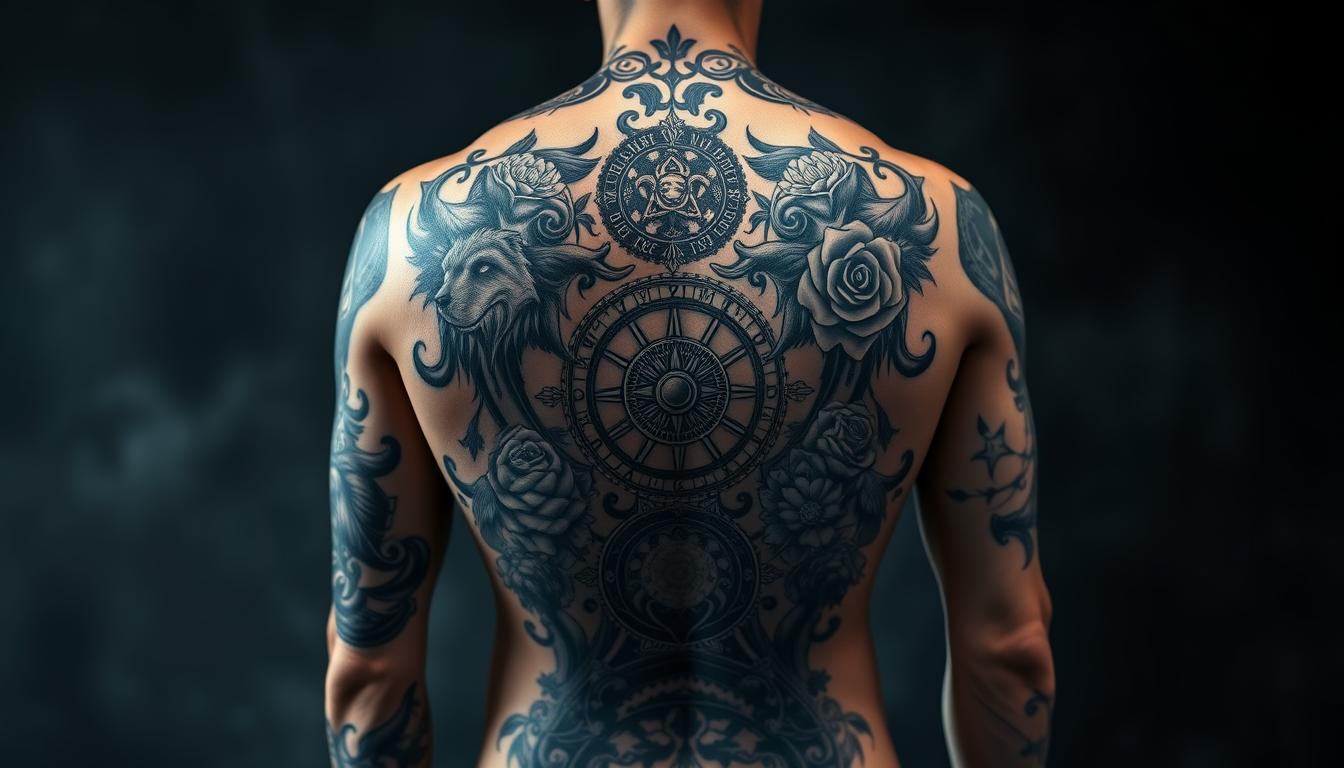Centipede tattoos have gained popularity, but what do they really mean? This article explores the historical significance, symbolism, and cultural interpretations of centipede tattoos worldwide. We’ll examine popular designs, placement ideas, and ways to personalize your tattoo experience. Whether you’re considering a centipede tattoo for luck or as an omen, we’ll help you understand the deeper meaning behind this intriguing image. From wrist designs to full-body art, discover how centipede tattoos can represent strength, protection, and transformation.
Key Takeaways
- Centipede tattoos symbolize resilience, strength, transformation, and spiritual connections in various cultures
- Placement of centipede tattoos affects their symbolism, with spine and back designs representing complex navigation
- Tattoo artists blend traditional symbolism with modern techniques to create unique centipede designs
- Choosing a skilled artist and proper aftercare are crucial for achieving a high-quality centipede tattoo
- Centipede tattoos can be personalized to reflect individual experiences and cultural backgrounds
The Historical Significance of Centipede Tattoos
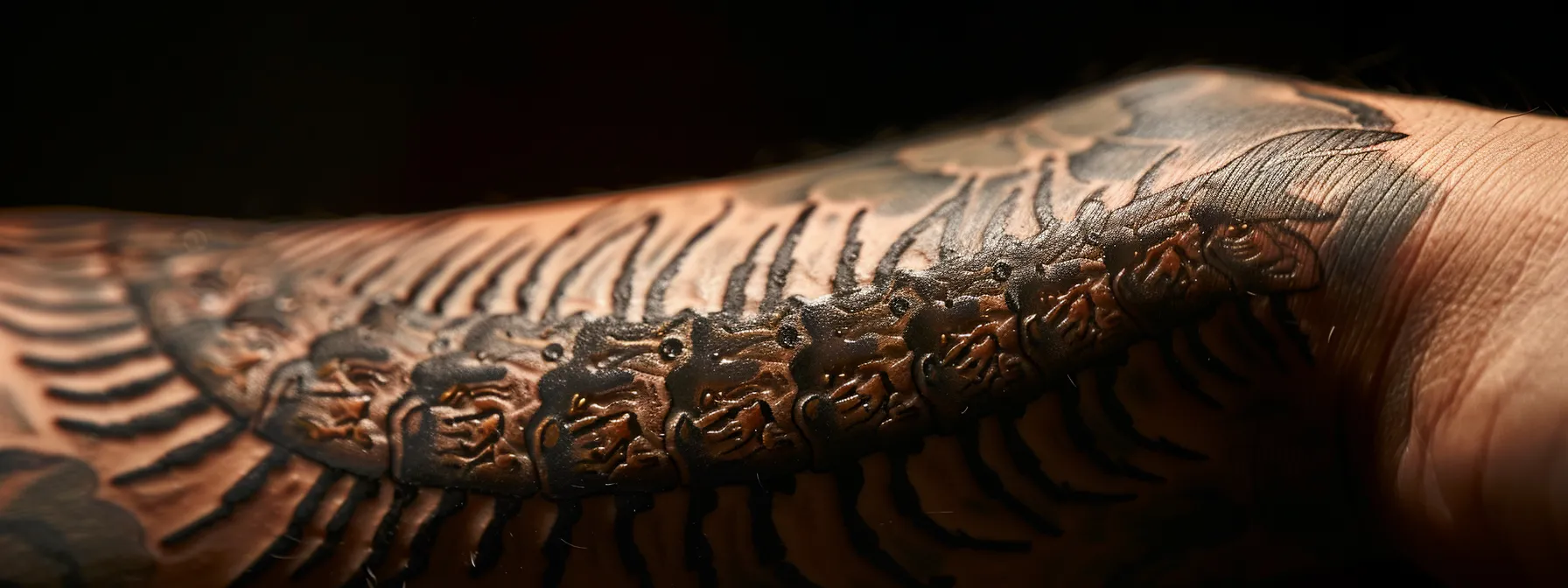
Centipede tattoos have a rich historical significance in body art. This section explores the origins of centipede symbolism, tracing its evolution through different eras. It examines how centipede imagery has influenced modern tattoo culture, particularly in supernatural and human contexts. The symbol’s importance in samurai traditions and its impact on contemporary tattoo designs are also discussed.
Origins of Centipede Symbolism in Body Art
Centipede symbolism in body art traces its roots to ancient Japanese folklore, where these creatures were revered and feared. In traditional art, centipedes often represented powerful forces, linking the earthly realm to the heavenly domain. This connection to the supernatural world made centipedes a popular motif in tattoos, symbolizing strength and the ability to navigate between different realms. The intricate design of centipedes, reminiscent of dragons, further enhanced their appeal in body art, embodying both fear and admiration.
Evolution of Centipede Tattoos Through the Ages
Centipede tattoos have evolved significantly over time, reflecting changes in culture and artistic techniques. In ancient Japan, these designs were primarily associated with samurai and their quest for wisdom and strength. As tattoo culture spread globally, artists began incorporating elements from nature and different cultural interpretations into centipede designs. Modern tattoo artists now blend traditional Japanese symbolism with contemporary styles, creating intricate pieces that capture the essence of both ancient wisdom and current trends.
Impact of Centipede Imagery on Modern Tattoo Culture
Centipede imagery has significantly influenced modern tattoo culture, blending ancient symbolism with contemporary aesthetics. In Asia, centipede tattoos serve as powerful amulets, representing courage and spiritual protection. These designs often incorporate elements of deity worship, reflecting the creature’s connection to spirituality. Tattoo artists now create intricate centipede designs that balance traditional meanings with modern artistic techniques, appealing to those seeking both aesthetic appeal and symbolic depth.
Understanding the Symbolism Behind Centipede Tattoos

Centipede tattoos embody deep symbolism, representing resilience, strength, transformation, and spiritual connections. This section explores their significance as emblems of adaptability and power, drawing from Japanese and Tiki traditions. It examines how centipede imagery intertwines with earth-based spirituality and compares their symbolism to that of scorpions, offering insights into various species’ representations in tattoo art.
Centipedes as Emblems of Resilience and Strength
Centipedes in tattoo art symbolize resilience and strength, drawing from folklore and traditional irezumi practices. These creatures, often depicted crawling up the shoulder or back in realistic styles, represent the ability to overcome obstacles and adapt to challenging environments. In Japanese culture, centipedes embody tenacity and power, making them popular choices for those seeking tattoos that reflect personal strength and endurance.
Representations of Transformation and Adaptability
Centipede tattoos symbolize transformation and adaptability, drawing from ancient myths and Polynesian traditions. These intricate designs, often adorning the arm, represent the creature’s ability to navigate complex environments, mirroring human resilience. In fantasy-inspired tattoos, centipedes embody the acquisition of knowledge and wisdom through change. The segmented body of the centipede in tattoo art signifies the stages of personal growth and adaptation:
| Symbolism | Representation |
|---|---|
| Segmented Body | Stages of Life |
| Multiple Legs | Adaptability |
| Curved Design | Flexibility |
Spiritual Connections Associated With Centipede Imagery
Centipede imagery in tattoos holds deep spiritual significance across various cultures. In Thailand, centipede tattoos are believed to offer protection and ward off evil spirits, often incorporated into sleeve tattoo designs. Polynesian languages associate centipedes with spiritual power, representing the connection between the earthly and divine realms. Tattoo artists skilled in these traditions create intricate leg pieces that embody the centipede’s spiritual essence, blending ancient symbolism with modern aesthetics.
Cultural Interpretations of Centipede Tattoos Worldwide
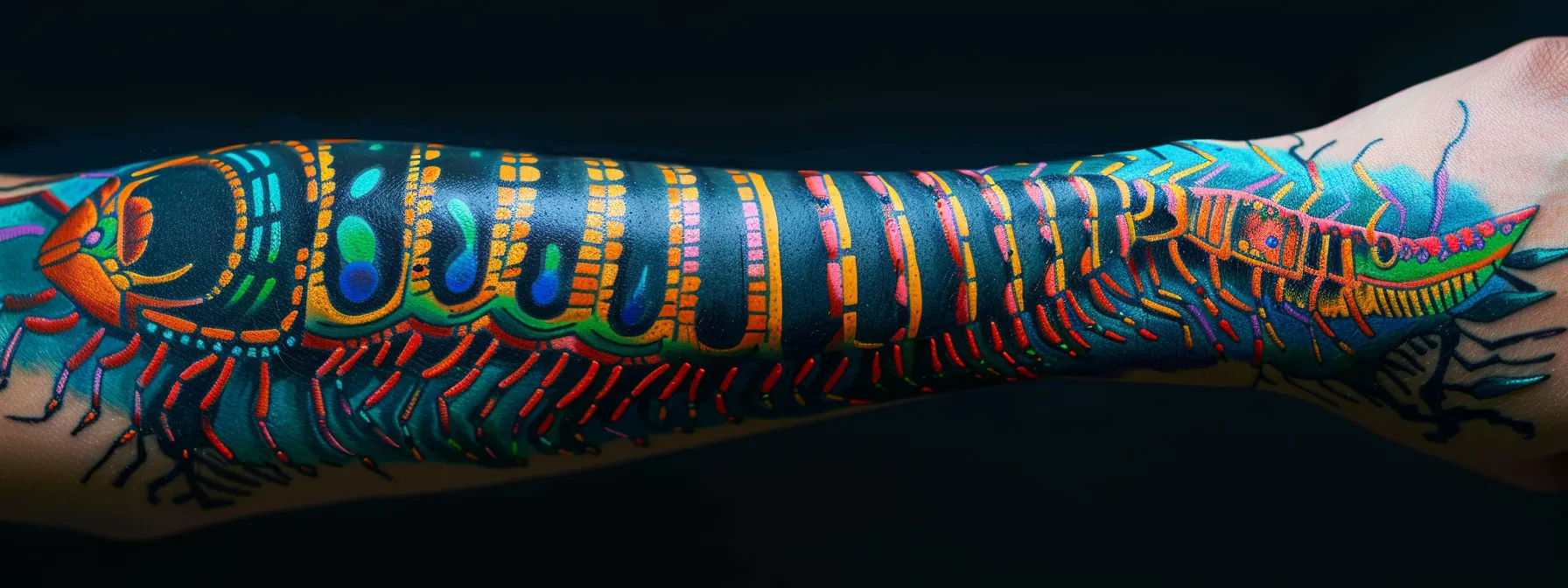
Centipede tattoos hold diverse cultural significance worldwide. Eastern traditions view these insects as powerful symbols, while indigenous folklore attributes spiritual meanings to them. Mythological tales across cultures feature centipedes prominently. This section explores the varied interpretations of centipede tattoos, examining their aesthetics, symbolism, and significance from the Marquesas Islands to regions where their venom is revered.
The Centipede in Eastern Traditions and Beliefs
In Eastern traditions, centipedes hold significant meaning in tattoo art, often associated with deities and spiritual power. Japanese mythology portrays the centipede as a formidable creature, linked to the god Bishamon, symbolizing strength and protection. Chinese folklore depicts centipedes as guardians against evil spirits, making them popular motifs in protective tattoos. The intricate design of centipedes in Eastern tattoo art reflects their complex symbolism:
| Culture | Centipede Symbolism |
|---|---|
| Japanese | Strength, Protection |
| Chinese | Guardian Against Evil |
| Korean | Wisdom, Longevity |
Significance of Centipedes in Indigenous Folklore
Centipedes hold significant meaning in indigenous folklore, often representing powerful spiritual forces. In Polynesian cultures, centipede tattoos symbolize protection and strength, with intricate designs adorning warriors and chiefs. Native American tribes view centipedes as symbols of balance and adaptability, incorporating them into healing rituals and storytelling. The diverse interpretations of centipedes in indigenous cultures reflect their important role in traditional belief systems:
| Culture | Centipede Symbolism |
|---|---|
| Polynesian | Protection, Strength |
| Native American | Balance, Adaptability |
| Aboriginal Australian | Connection to Earth, Wisdom |
Mythological Tales Involving Centipedes
Mythological tales involving centipedes feature prominently in various cultures, influencing tattoo designs and symbolism. In Japanese mythology, the tale of Tawara Tōda, a warrior who defeated a giant centipede, inspired tattoos representing bravery and triumph over evil. Greek mythology associates centipedes with Gaia, the earth goddess, symbolizing fertility and rebirth in tattoo art. These mythological narratives enrich the meaning of centipede tattoos, connecting wearers to ancient stories and beliefs.
Popular Centipede Tattoo Designs and Styles
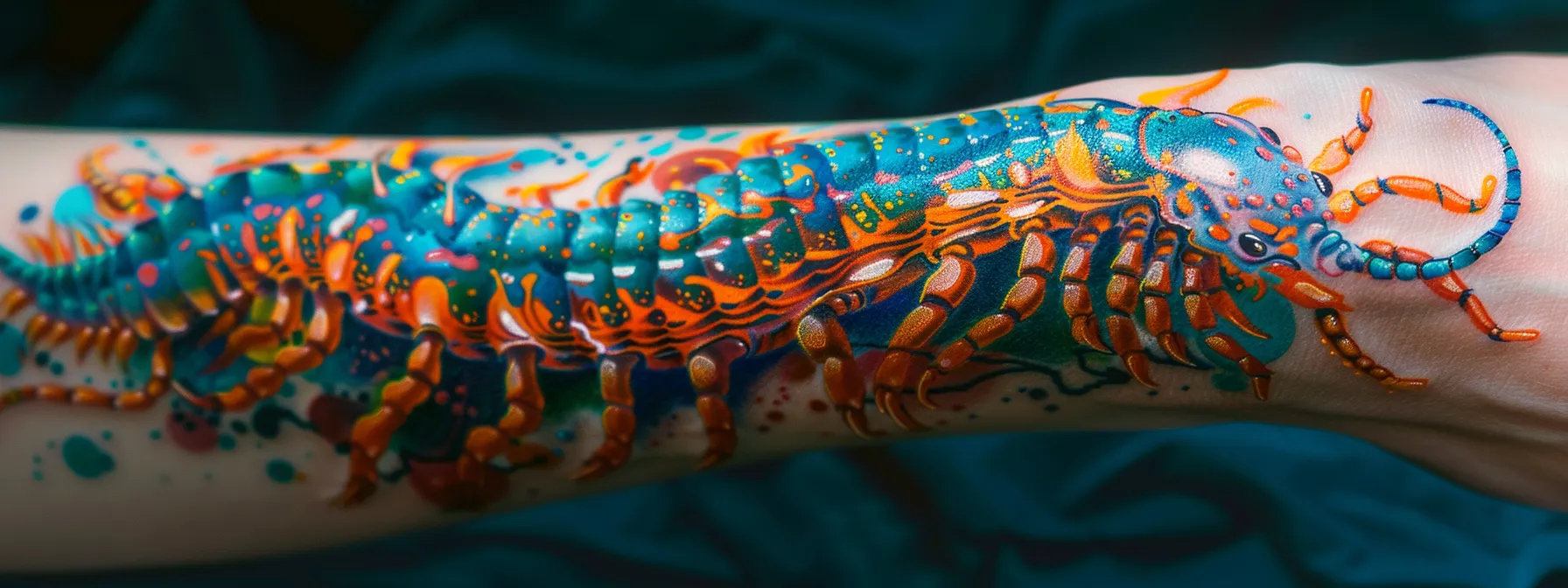
Centipede tattoo designs offer a range of styles and interpretations. This section explores realistic and abstract depictions, the use of color and patterns, and the integration of centipede imagery with other symbols. These diverse approaches allow tattoo enthusiasts to express personal meanings while incorporating this powerful insect motif into their body art.
Realistic Versus Abstract Centipede Depictions
Centipede tattoo designs vary widely, ranging from highly realistic depictions to abstract interpretations. Realistic tattoos capture the intricate details of centipedes, including their segmented bodies and numerous legs, often rendered in black and gray or vibrant colors. Abstract designs, on the other hand, focus on stylized representations, emphasizing the creature’s sinuous form and symbolic meaning. The choice between realistic and abstract styles allows tattoo enthusiasts to express their personal aesthetic preferences and the intended symbolism of their centipede tattoo:
| Style | Characteristics | Symbolism Focus |
|---|---|---|
| Realistic | Detailed anatomy, lifelike coloring | Power, fear, nature |
| Abstract | Stylized form, symbolic elements | Transformation, spirituality |
| Hybrid | Combination of realistic and abstract | Balance of natural and symbolic |
Incorporating Color and Patterns Into Your Design
Incorporating color and patterns into centipede tattoo designs enhances their visual impact and symbolic meaning. Tattoo artists use vibrant hues to emphasize the creature’s segmented body and legs, creating striking contrasts against the skin. Patterns such as tribal motifs or geometric shapes can be integrated into the centipede’s form, adding cultural significance or personal flair. The choice of colors and patterns in centipede tattoos reflects the wearer’s intention and the tattoo’s symbolism:
| Color/Pattern | Symbolism |
|---|---|
| Red | Power, passion |
| Black | Mystery, strength |
| Tribal patterns | Cultural heritage |
| Geometric shapes | Balance, harmony |
Merging Centipede Imagery With Other Symbols
Tattoo artists often merge centipede imagery with other symbols to create complex, meaningful designs. These combinations can include elements like flowers, representing beauty and fragility contrasted with the centipede’s strength, or skulls, symbolizing the cycle of life and death. Some designs incorporate Japanese-inspired waves or clouds, emphasizing the centipede’s mythological significance. By blending these elements, artists create unique tattoos that reflect personal stories and cultural influences while maintaining the centipede’s powerful symbolism.
Placement Ideas for Centipede Tattoos

Choosing the right placement for a centipede tattoo is crucial for its visual impact and symbolic meaning. This section explores how tattoo placement affects symbolism, common body areas for centipede designs, and size considerations for optimal appearance. Understanding these factors helps tattoo enthusiasts make informed decisions about their centipede tattoo placement.
Symbolic Meanings of Tattoo Placement Choices
The placement of centipede tattoos carries symbolic significance, influencing the overall meaning of the design. Tattoos on the spine or back represent the centipede’s connection to the nervous system and its ability to navigate complex paths. Arm or leg placements emphasize the creature’s agility and adaptability, while chest or abdomen tattoos symbolize protection and inner strength. The choice of placement enhances the tattoo’s symbolism, allowing wearers to align the centipede’s attributes with specific areas of their body and life experiences.
Common Body Areas for Centipede Tattoos
Centipede tattoos are commonly placed on specific body areas that complement their design and symbolism. The spine, ribs, and legs are popular choices, allowing the tattoo to follow the body’s natural contours. Arm sleeves and back pieces provide ample space for intricate centipede designs, while smaller tattoos often adorn ankles, wrists, or behind the ear. These placements offer various options for showcasing the centipede’s form:
- Spine: Emphasizes the centipede’s segmented body
- Ribs: Creates a wraparound effect
- Legs: Highlights the creature’s mobility
- Arms: Allows for detailed, elongated designs
- Back: Provides space for large, complex compositions
- Ankles/Wrists: Ideal for smaller, subtle tattoos
Considering Size and Detail for Optimal Appearance
The size and detail of centipede tattoos significantly impact their appearance and meaning. Larger designs allow for intricate detailing of the centipede’s segments and legs, creating a more realistic or complex artistic representation. Smaller tattoos, while limiting detail, can be placed in more discreet locations and often focus on the centipede’s symbolic essence. Tattoo artists consider the following factors when determining the optimal size and detail for centipede tattoos:
- Body placement and available space
- Desired level of realism or abstraction
- Incorporation of additional elements or symbols
- Long-term aging and visibility of the tattoo
- Client’s pain tolerance for larger or more detailed pieces
Personalizing Your Centipede Tattoo Experience

Personalizing a centipede tattoo involves careful consideration of design, artist selection, and aftercare. This section explores choosing a skilled tattoo artist, creating a custom design that reflects personal significance, and preparing for the tattoo session. It also provides essential aftercare tips to ensure optimal healing and longevity of the centipede tattoo.
Selecting an Artist Skilled in Centipede Designs
Selecting an artist skilled in centipede designs is crucial for achieving a high-quality tattoo. Experienced artists understand the intricate details of centipede anatomy and can accurately portray their movement and symbolism. Clients should research portfolios, focusing on artists with a track record of creating detailed insect tattoos or those specializing in Japanese-style designs. Consulting with potential artists about their approach to centipede tattoos helps ensure the final piece aligns with the client’s vision and expectations.
Crafting a Custom Design That Reflects Your Story
Crafting a custom centipede tattoo design allows individuals to infuse personal significance into their body art. Tattoo artists work closely with clients to incorporate elements that reflect their life experiences, cultural background, or personal beliefs. This collaborative process often involves blending traditional centipede symbolism with unique artistic interpretations, resulting in a one-of-a-kind tattoo that holds deep meaning for the wearer.
Preparing for the Tattoo Session and Aftercare Tips
Preparing for a centipede tattoo session involves proper hydration, avoiding alcohol, and wearing comfortable clothing. After the session, clients should follow the artist’s aftercare instructions carefully, which typically include keeping the tattoo clean, applying recommended ointments, and avoiding direct sunlight. Proper aftercare ensures optimal healing and preserves the intricate details of the centipede design, maintaining its visual impact and symbolic significance for years to come.
Conclusion
Centipede tattoos embody rich symbolism, representing resilience, strength, and spiritual connections across diverse cultures. These intricate designs blend ancient folklore with modern artistic techniques, offering wearers a powerful means of personal expression. From realistic depictions to abstract interpretations, centipede tattoos can be customized to reflect individual stories and cultural influences. By understanding the deep meanings behind centipede imagery and carefully considering design elements and placement, individuals can create tattoos that serve as meaningful, lifelong symbols of their values and experiences.



